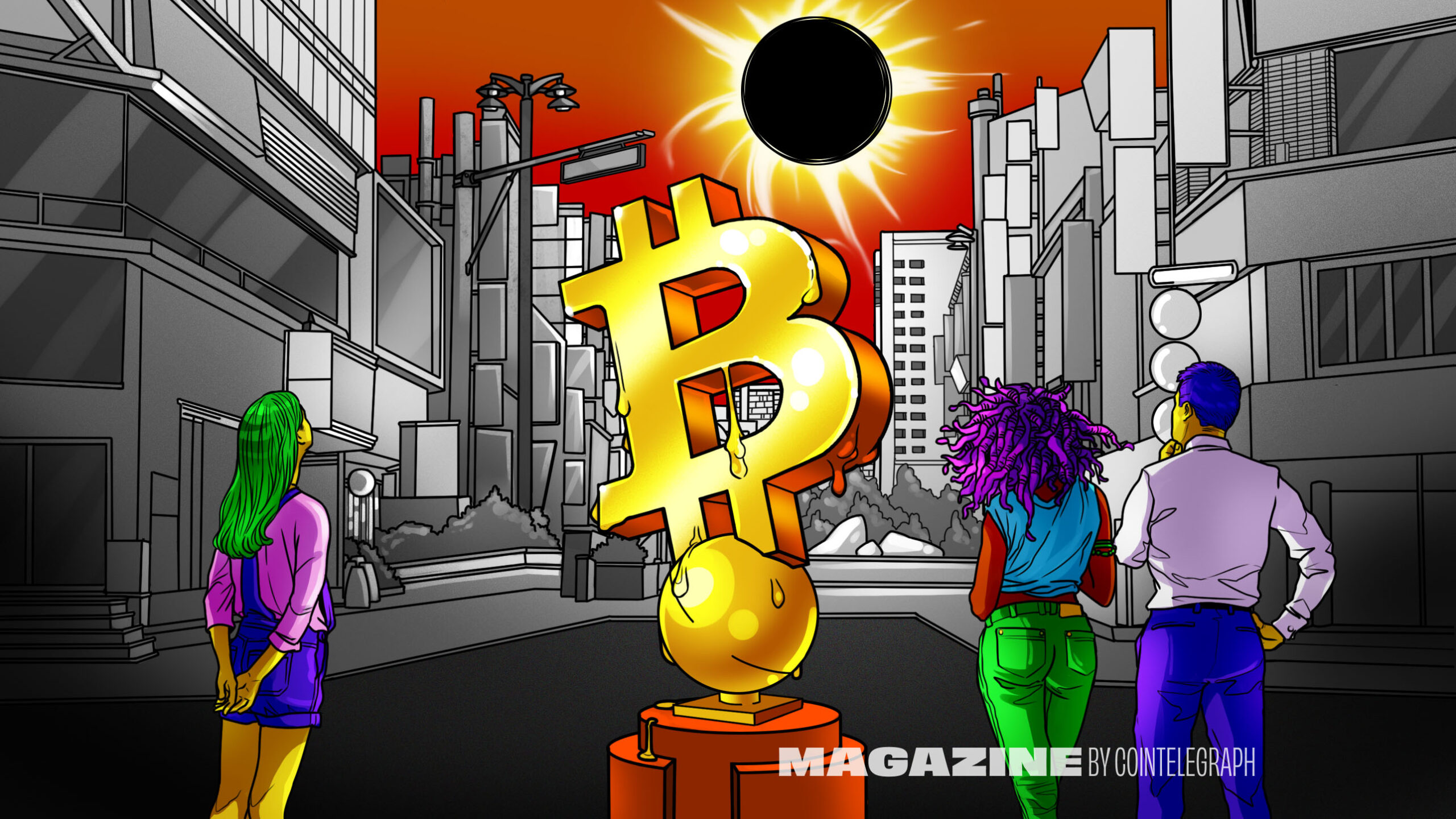“In a massive solar storm, which would be hugely damaging to a modern economy’s infrastructure, the blockchain parts might well be the o
“In a massive solar storm, which would be hugely damaging to a modern economy’s infrastructure, the blockchain parts might well be the only parts that survive.” — Jason Potts
What was the Carrington Event?
In a November 1859 meeting of the Royal Astronomical Society, British astronomer Richard Christopher Carrington reported to the esteemed scientific body that “in the forenoon of Thursday, Sept. 1, in taking my customary observation of the forms and positions of the solar spots, an appearance was witnessed which I believe to be exceedingly rare.”
The phenomenon caused brilliant auroras across the globe, some as far south as Cuba, that were so bright observers were able to read newspapers by their light at night.

It was the most intense geomagnetic storm in recorded history, likely the result of a coronal mass ejection from the sun colliding with the Earth’s magnetosphere — and one with worrying implications for the cryptocurrency industry were it to happen again today. A storm of such intensity would have the potential to affect the majority of electrical systems in use today: satellites, internet service providers, power supplies and all forms of communication.
The geomagnetic disturbances were so strong that telegraph operators in the United States reported sparks leaping from their equipment, which in some cases even caught fire. Telegraph systems across Europe and North America failed.

Similar events were seen throughout the 20th century. In 1921, a solar storm was broadly observed in and around New York City in the United States. The electrical disturbances knocked out the signal and switching operations of the commuter rail system, blowing fuses and setting the signal tower of Grand Central Terminal on fire. Telegraph wires crackled as communications ground to a halt.
And in 1989, a storm knocked out power across large sections of Quebec in Canada. Scientists believe that an event even more massive than the Carrington one occurred in 774, called the Miyake Event.
As Mississippi State University professor David Wallace wrote on Astronomy.com, the potential ramifications could be disastrous:
“It is only a matter of time before Earth is hit by another geomagnetic storm. A Carrington Event-size storm would be extremely damaging to the electrical and communication systems worldwide with outages lasting into the weeks. If the storm is the size of the Miyake Event, the results would be catastrophic for the world with potential outages lasting months if not longer.”
What would happen to Bitcoin after a solar flare?
From in-home personal computers to the internet and the birth of cryptocurrencies, an economic and technological revolution occurred around the turn of the 21st century, one that relies entirely on an interconnected web of global communications systems.
Within these systems, traditional payments providers like credit card companies, banks or remittance firms form “payments stacks” — blocks of trusted, interconnected entities that process and settle electronic payment transactions.
Amazon Web Services experts have reported that most of this is still stored on aging banking systems first built in the early second half of the 20th century. While some banks have attempted to upgrade, “the vast majority stuck with the tried-and-true mainframe, which they rely on to this day.”

In contrast, Satoshi Nakamoto aimed to create a payments system that is decentralized and distributed across a network of computers, or nodes, rather than relying on a verticalized system stored in a single-entity server or data center. There is no single point of failure when it comes to the Bitcoin network’s ledger — a trait that leads many to characterize the network as more robust and flexible than other payment systems.
So, which would fare better in a Carrington Event? Or would both fail to survive?
Sunspots and “the golden question”
The traditional payments system has certain redundancies and safeguards built in to ensure that the networks, and their nodes, are protected from extraneous events such as hackers, weather, power outages, power surges and other force majeure.
But a Carrington Event-level solar storm presents an extreme scenario on a much vaster scale, the effects of which experts can still only estimate despite years of constant study.
“We’re monitoring the sun continuously,” William Murtagh, program coordinator at the U.S. National Oceanic and Atmospheric Administration’s Space Weather Prediction Center, tells Magazine. Another event will happen — it’s only a matter of when and how intense it will…
cointelegraph.com
